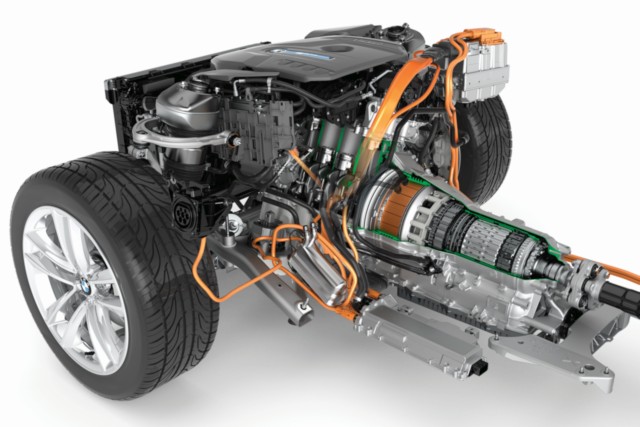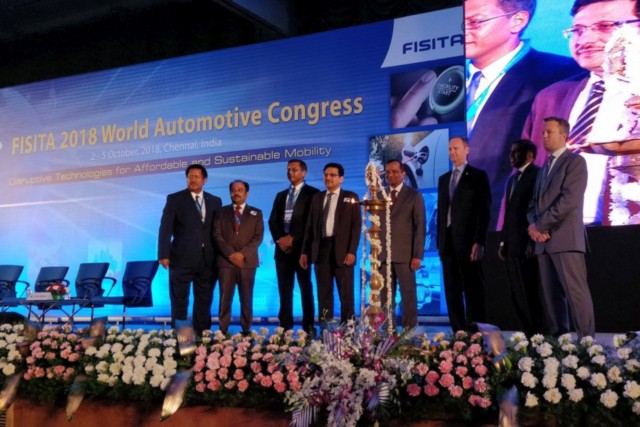Disruptive Technologies
The next session, chaired by Mrs Rashmi Urdhwareshe, Director of the Automotive Research Association of India (ARAI), saw Prof Dr Helmut List of AVL discuss powertrain solutions and components. AVL have branched out into making not just engines but also several drivetrain components. However, the battery pack used by electric vehicles (EVs) and plug-in hybrid electric vehicles (PHEVs) is where the challenge begins to come from. The raw materials for batteries – nickel, lithium and so on, aren’t the cleanest elements to mine. The process involved in obtaining them is what causes a different form of pollution; often not discussed when the topic of EVs arises. Moreover, these elements are vastly found in China. The raw materials of the battery themselves form about 60 per cent of the cost of the entire battery pack. Thus, automotive companies don’t have the sort of leverage they would like to control pricing. Thus, being dependent on limited sources, the acquisition of raw materials for the components of Battery Electric Vehicles (BEVs, also referred to as EVs) remains a major challenge.

Powertrain of the BMW 7 Series Plug-in Hybrid
The solution for a future powertrain would have to be affordable and robust and be implemented efficiently and also feature innovative modularity. The move to 800-volt fast-charging is a dream at this stage and a reasonable infrastructure needs to be present to support this sort of eco-system. Then there’s the aspect of shared mobility. Not everyone enjoys driving and most are just commuting. The first step to an environmental clean-up is an efficient public transport system – the backbone of any developing metro aiming to be a future city. Without a robust, up-to-date, public system in place – one created with a long-term foresight – there will always be the challenge of dealing with expansion. Autonomous vehicles is the next step.
Dr Klaus Kompass, Head of Vehicle Safety at BMW Group, also discussed the fact that over 98 per cent accidents are human error. The whole challenge about going autonomous is the fact that the greatest risk of autonomous vehicles is perceived as the lack of the human factor, whereas the point of the whole thing is to remove the human factor in the first place. However, there are several authorities who believe they have solutions, and Dr Kompass urged them to let the experts do their job and not standardize solutions. What works for one country may not work for another. Besides, safety and consideration should come from people first.





















New Toyota Camry Hybrid First Drive Review - Car India
[…] vehicles are the saviours. Not everyone can have unlimited electricity at a throwaway price – not until the technology to […]